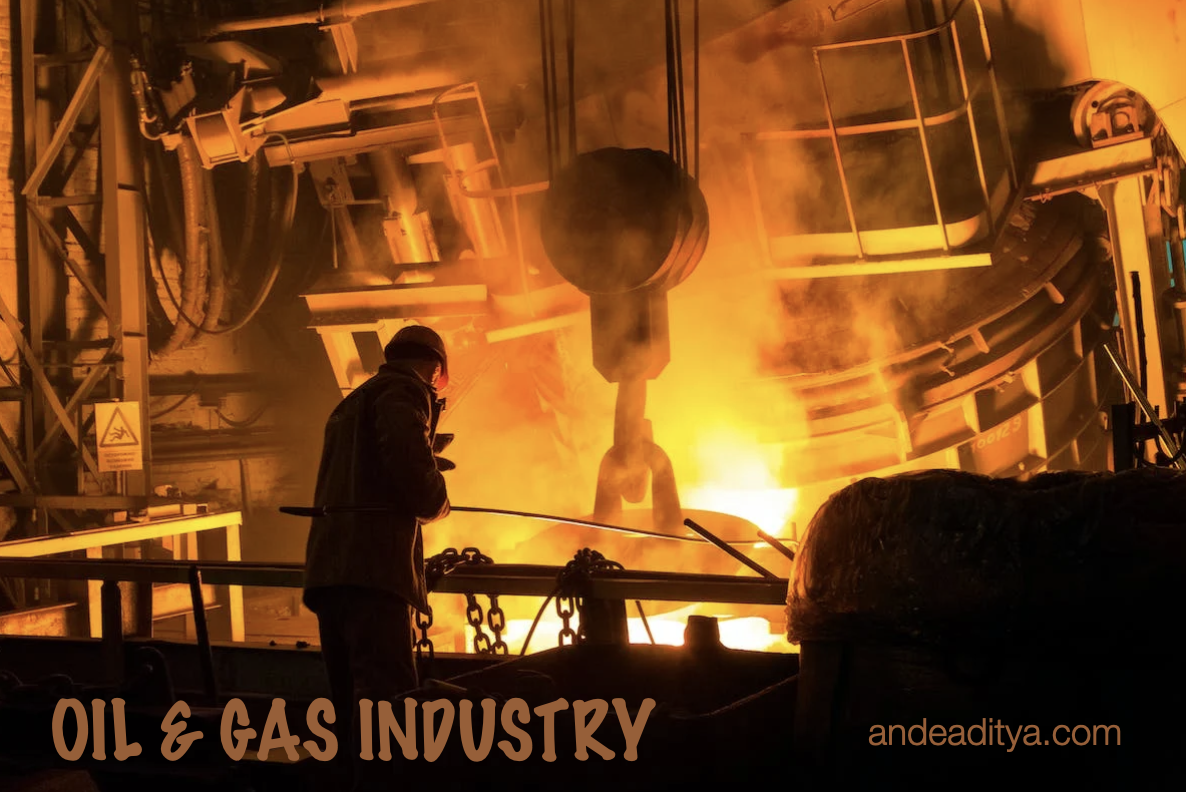Trace the development of the oil and gas industry in Thailand
Oil and gas are said to be the most important resources in the country. The biggest gas reservoir Rayong is located in Thailand, which gives rise to a significant gas-consuming centre in Bangkok. This has led to the construction of the country’s three major gas pipelines.
Also, at the same time, the petrochemical industry of Thailand Map Ta Phut industry has grown into the largest chemical centre in Thailand. In the year 1980, the construction work started on especially gas separation plants, which helps to produce fuels replacing or diminishing crude oil imports from foreign countries.
The oil and gas industry in Thailand has been divided into three major segments, namely midstream, upstream, and downstream. Let’s discuss these three streams in detail –
- Upstream: This is the sector that involves searching for underwater and underground crude oil and natural gas, drilling for mainly exploratory purposes, and operating in the wells for searching natural gas and crude oil. The government has adopted some important targets to achieve by the year 2036.
- Midstream: This sector involves the transportation of oils through rail, pipeline, truck, oil tanker, and so on. The midstream operations also include some components of downstream and upstream sectors.
- Downstream: The downstream sector includes processing, refining, and purifying natural gas and crude oil. It also takes into consideration the marketing and distribution parts. Products such as diesel fuel, jet fuel, lubricants, natural gas, and other liquefied petroleum and petrochemical items reach customers through this downstream sector.
What is the impact of the oil and gas industry on the GDP of Thailand?
The economy of Thailand is a middle-income group economy. In this country, low-cost supply items such as gas and oil play an essential role in the country’s social and economic development sectors. A lot of oil and gas reservoirs have been established in 2004 and natural gas in the year 2005, respectively.
However, this is not enough and thus, the country relies on the import of both natural gas and oil from foreign countries to meet the requirements. A few years ago, the country has experienced slow growth because of some political issues, a global recession and natural disasters in the year 2011. Therefore, the country requires huge investment and the government plans as well to boost the oil and gas sectors of the country and meet the requirements of the nation.
The Thai government has taken strong measures for the nation due to which 80% of the country’s crude oil production has increased. Chevron is considered to be the largest oil production centre in the country.
As it has already been mentioned that Map Ta Phut is one of the biggest petrochemical hubs in the country, this place is situated in Rayong province. The provincial offices of Thailand are located in this region, and therefore, approximately 70 per cent of the country’s crude oil reservoirs are located in this sector.
As per the sources in 2011, the recoverable reservoirs are about 60 million tons, which shows the production of 10.4 tons per year. Thailand’s import of petroleum decreased by about 15.4 per cent of gross domestic items in the year 2004.
How is the flow of foreign investment?
Thailand always welcomes foreign investment in this sector. As a result of this, in today’s age, a lot of small and large size foreign companies are working in this country. These are namely Total (France), Chevron(US), Salamander (UK), BG Group (UK), and so on. Some big companies like Shell and Premier have also remained active in this country. Their contribution to this sector has increased up to 30%.
The oil and gas industry of Thailand is well-known, and this has been established in the early 1970s. It is mainly known for its wide exploration. In the commercial sector, international companies have made their presence. Thailand has conducted more than 20 petroleum businesses across the country, making it one of the most progressive nations in the world.
Thailand is in the process of increasing and expanding its present supplies so it can meet the increasing demands of gas and oil in the market. Though challenges are quite significant and this may even lead the country to danger. The present key challenge of the nation is 21 domestic concessions in respect of gas production.
The country is also trying to expand its fuel production level in major two fields such as Bangkok and Erawan. The growth is expected to increase by two per cent over the next 10 years.
To improve gas and oil production and improve the energy security of the country, the PTT and the Thai government have emphasized building and improving the gas infrastructure of the country.
What are the opportunities available in this sector?
The present gas and oil infrastructure of the country is quite strong, and this involves the combination of east-west natural gas connections. Both public and private investments are being made in assets such as pipelines, and this is receiving great interest because it helps to reduce the expenditure on plastic investments. The government is constantly framing a planned infrastructure to achieve a higher amount of growth. Large-scale east and west connections are made under an environmental impact study.
Several good investments are being made in the oil and gas sectors of the country, and these are discovered by PTT Company to enhance the supply of domestic gas and oil. This will also help in reducing their dependency on importing natural gas and oil from foreign countries.
In the coming years, it is hoped the country will achieve an excessive amount of growth both in the oil and gas sectors. All small and big enterprises will make their footprint on the economic structure of the country. Therefore, it is hoped the oil and gas industry of Thailand will soon become a booming sector of the country.
Please read more about Ande’s thought leadership on Future Businesses and the top 10 technologies that would prevail in our future times.
Bio Revolution | Genetic Engineering | Clean Energy | Virtual Reality | Sustainability | Nano Technology | Machine Learning | Internet of Things (IoT) | Artificial Intelligence | Cyber Security & Cloud Computing








